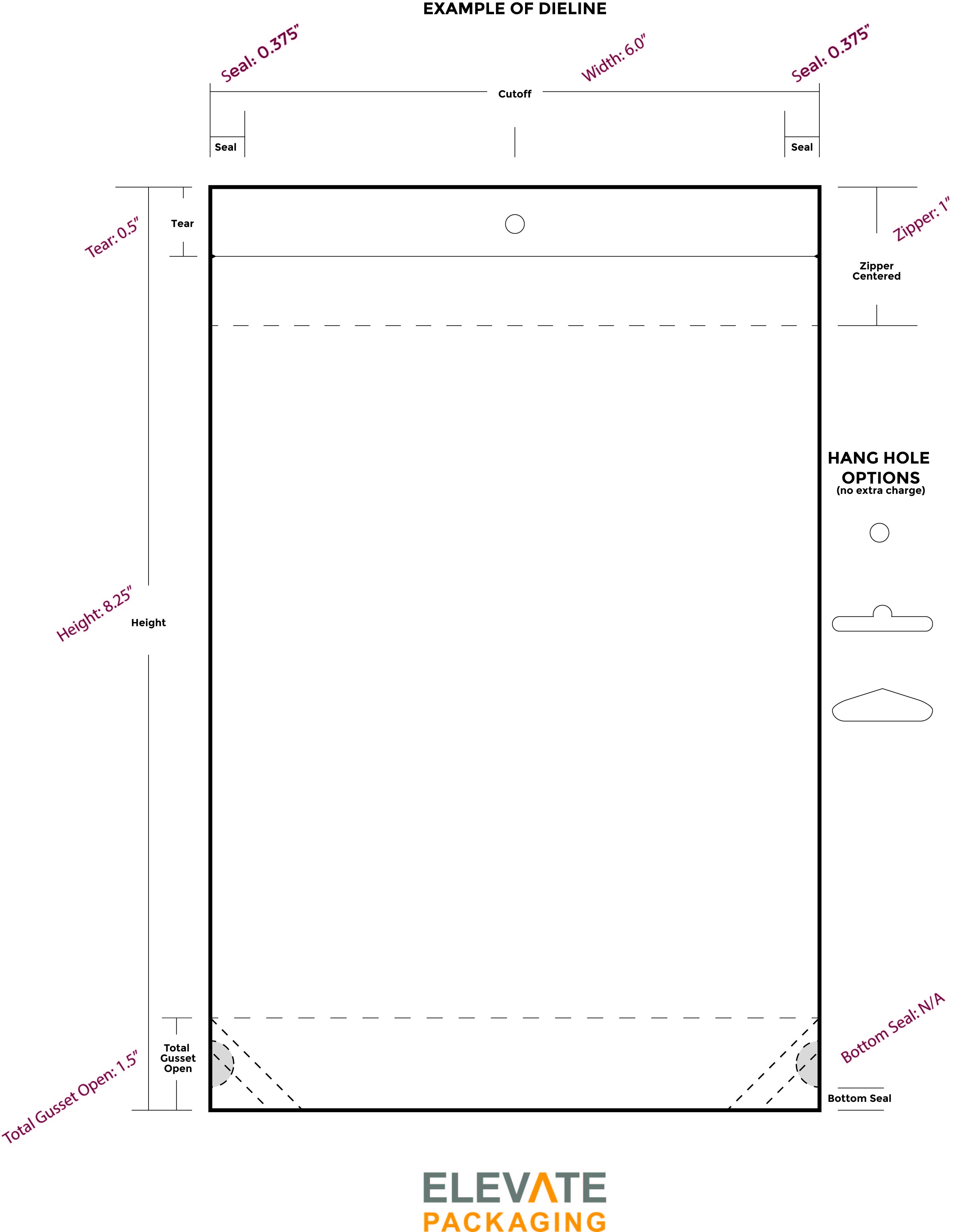- Home
- Artwork
Artwork Specifications
It makes good sense to check your designs (and spelling) before sending them for printing - corrections or modifications made after the proofing stage may incur extra charges and time since the entire pre-press process will need to be repeated to incorporate revised files. We offer label design and brand design services if needed.
Please confirm your artwork is prepared as follows:
File Format
Send each artwork in PDF (outline) format. All type must be converted to outlines or paths dependent on program. Artwork and PDF's must be created using CMYK (please do not use graphics made with RGB or other formats). If it is critical to ensure a color match, provide the specific CMYK color and a physical printed item showing the color to match. Please see "Color Matching Precision" below for further details.
Unfortunately we are unable to print from other non-design software for example Photoshop, Microsoft Word, PowerPoint, Publisher.
Individual Files for each Artwork
Each artwork must be provided as an individual PDF document with layers and fonts saved in outline form. If you have more than one file, please send them in one zip file.
Resolution
Your labels will be printed with industry leading full-color digital printing technology. Consequently, the image resolution is extremely important to ensure correct color and clarity. All files must have a resolution of at least 300 DPI at actual size. Before submitting, we recommend printing your artwork to ensure the sizing is correct and to scale. You can do this by printing the PDF using Print To Size (without scaling).
Paper Background & White Color
Any WHITE area on the artwork will not have any ink printed - it will show the paper/packaging. However if you would actually like an area to be covered with WHITE ink, specify in your quote request and purchase order there is a layer of white in the artwork. The White layer must be the bottom layer of the art file and white is typically represented as the color fuchsia (or other color that is not in the art already). We call this bottom layer the "white plate".
Note that there is a nominal charge to use White ink, and it must be requested at the time of quote request. A quote must have expressly listed White Ink if required. Reminder: Everything that shows as white in the artwork will not be printed white.
Bleed
If there is a "bleed" on the artwork, please include bleeds of at least 1/8" beyond where the dieline will be. (e.g., when making an illustrator document, put .125 bleeds in the dialogue box)
Color Matching Precision
If any colors must be matched exactly, this is possible with using a spectograph matching process. If colors must be matched to existing materials, a sample material with that color must be sent to us for spectrograph analysis and matching. Please bear in mind that achieving precise color matching may also be dependent upon the label substrate (e.g. darker kraft paper or natural plant fiber paper). Provide the CMYK color. If you prefer to reference Pantone (PMS) colors, be sure to only reference the PMS SOLID Pantone Book. We will do our best to achieve the desired color match. If a physical production print check is required, that may be specifically requested (fees apply).
Text and Fonts
- Texts should have a line thickness of at least 0.003" for best quality.
- Minimum size for text to be embossed is 2 point font.
Die Lines for Pouches and Bags
- The width, length, and bottom gusset sizes with art included
- The distance from the top of the pouch to the center of the zipper (only if there is a zipper)
- The distance from the top of the pouch to the tear notch (only if there is a tear notch)
- The distance from the top of the pouch to the top (or bottom) of a hang hole. (Hang Hole Styles are: Sombrero, Delta, or Circle)

 Loading... Please wait...
Loading... Please wait...



